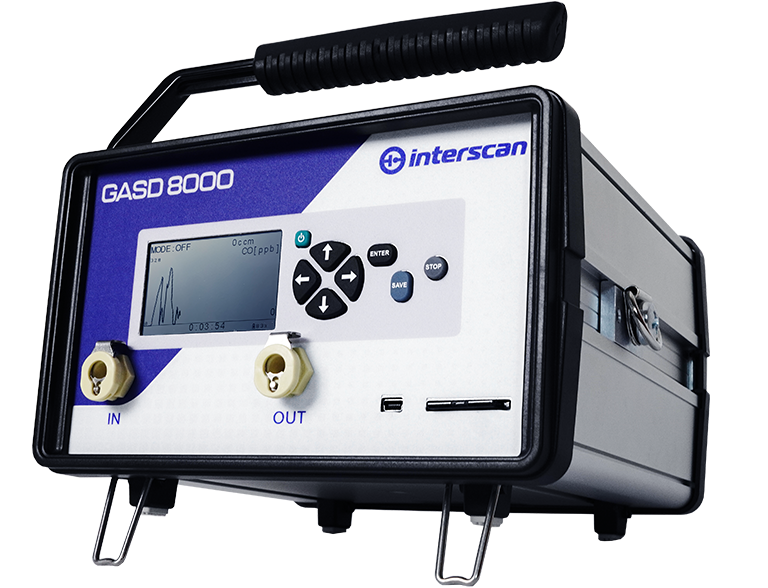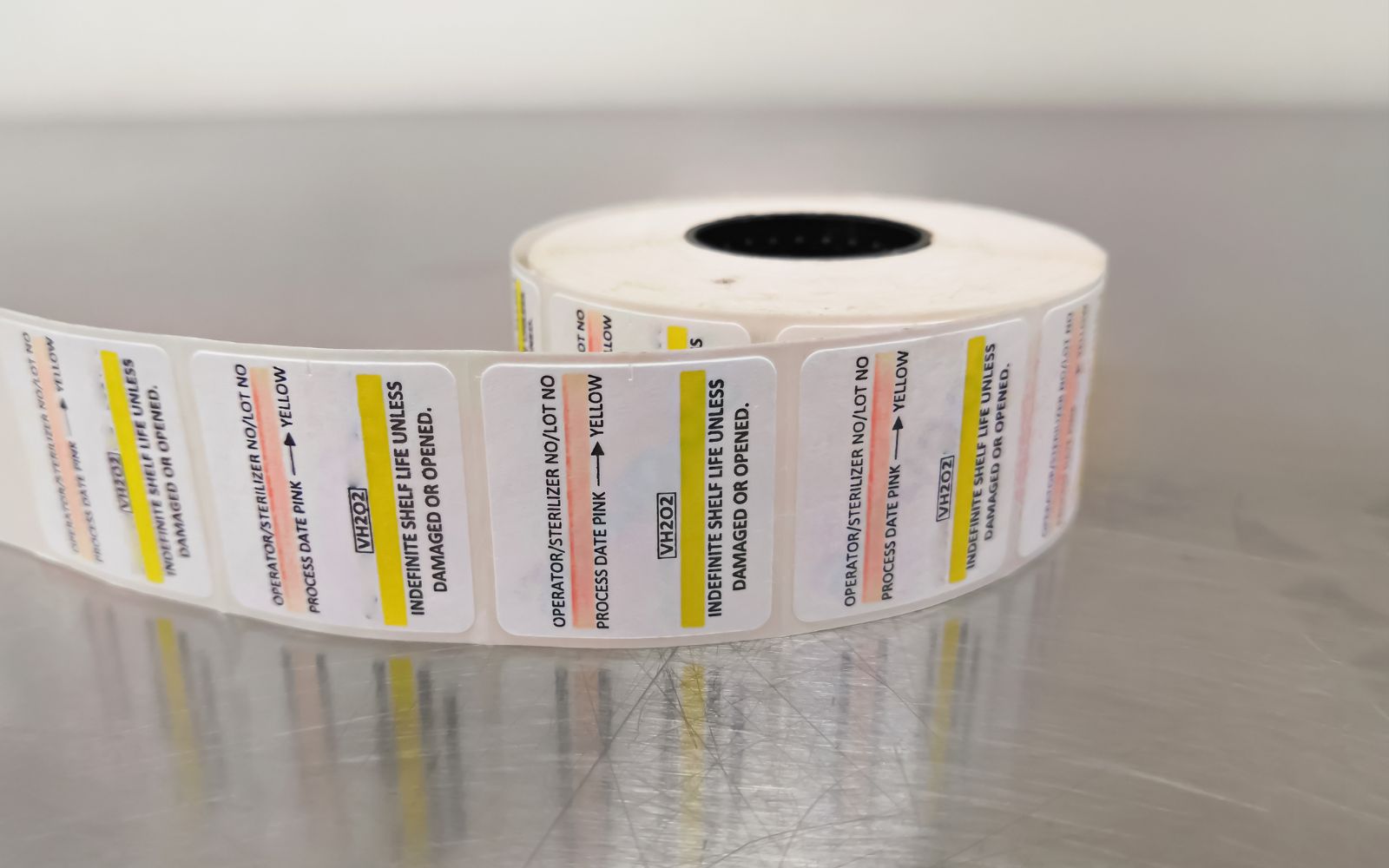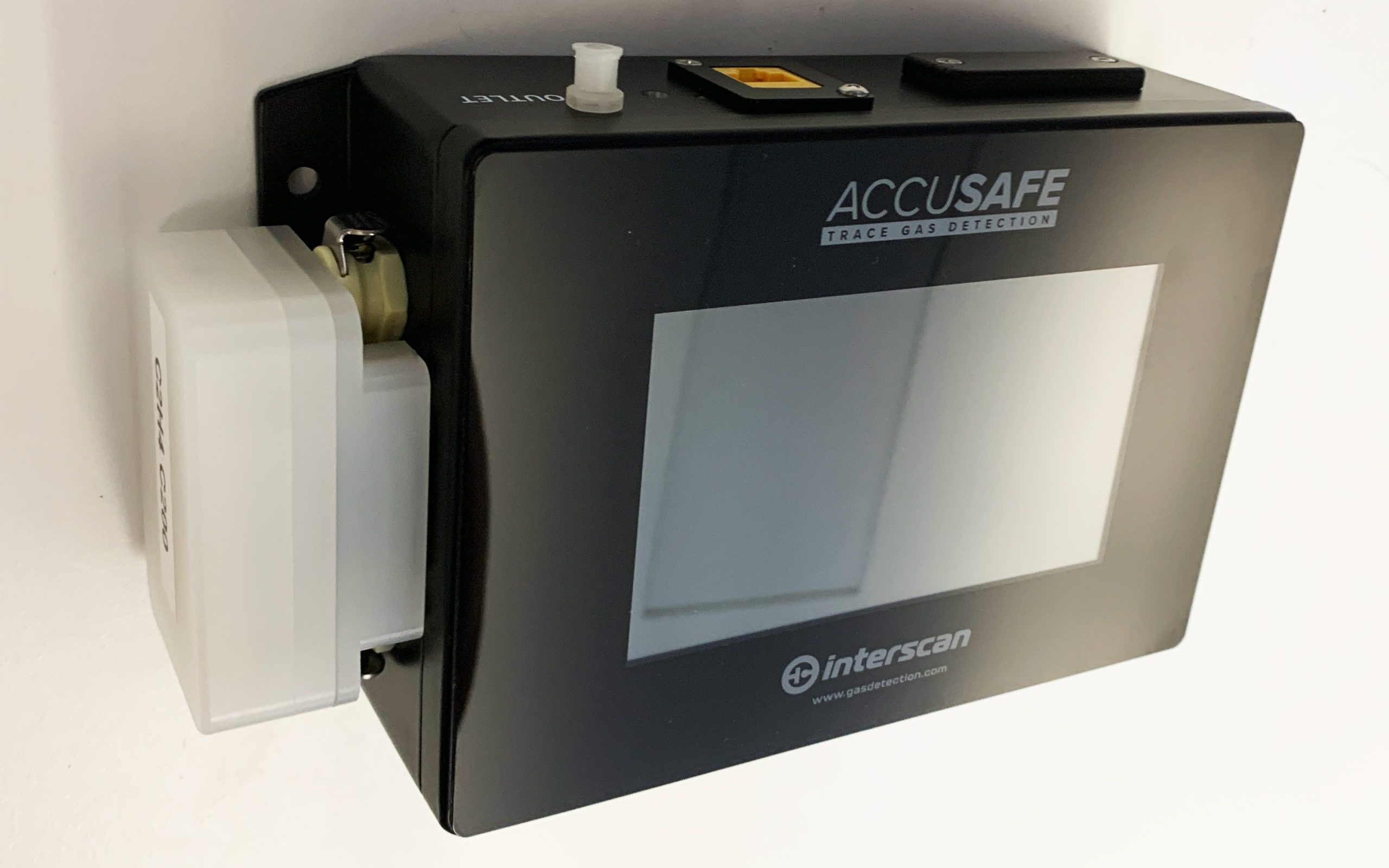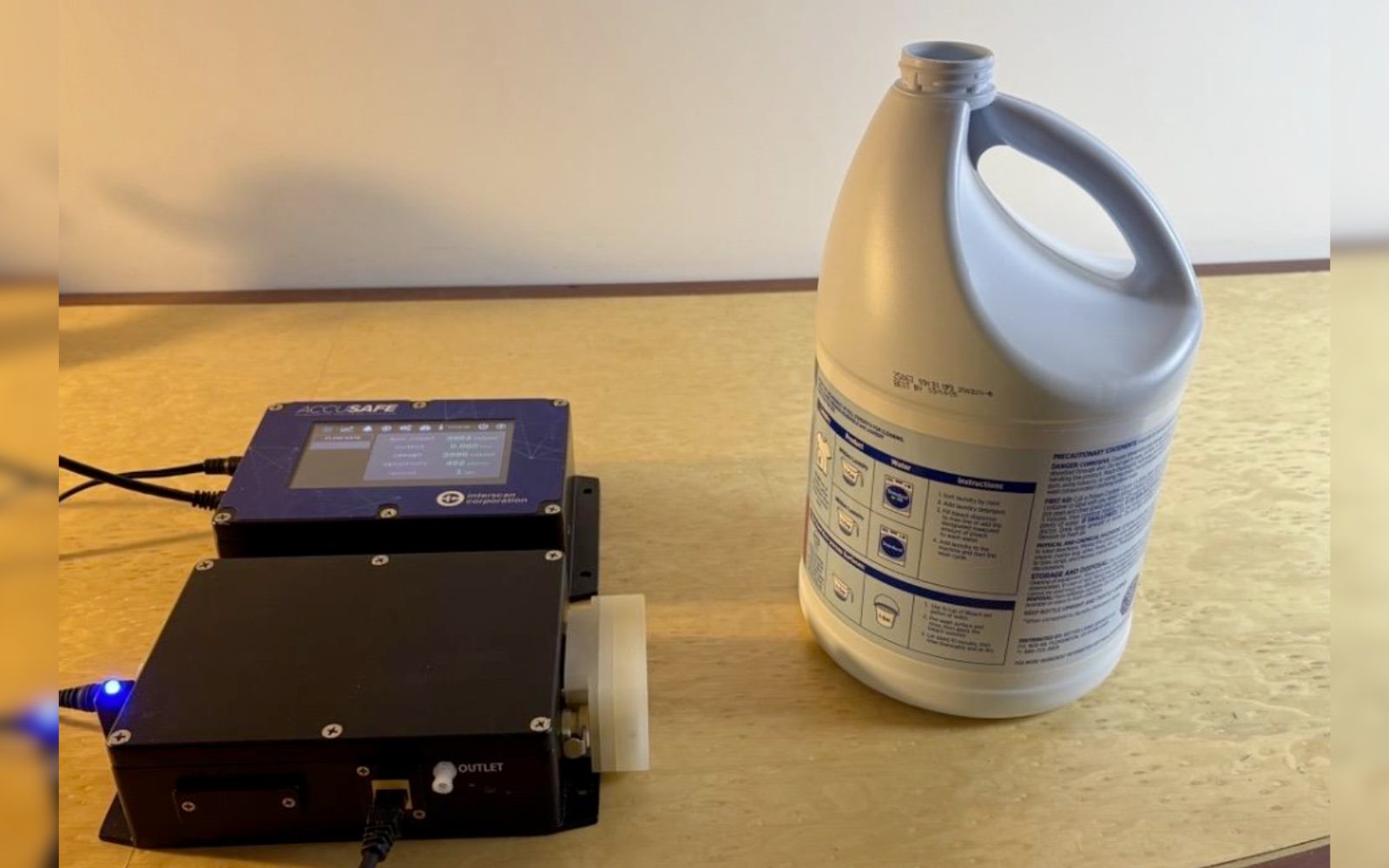Hydrogen Chloride (HCl) Detection
Portable & fixed-point Br2 detectors for healthcare, pharmaceuticals, chemical manufacturing, agriculture, and environmental testing.
About Hydrogen Chloride Detection
Hydrogen chloride (aka chlorane) is a colorless gas with a sharp, pungent odor. The compound fumes strongly in moist air. It is used in the production of fertilizers, dyes, in electroplating, and in the photographic, textile, and rubber industries.
HCl is used in the manufacture of organics such as dichloroethane and vinyl chloride—used to manufacture PVC (polyvinyl chloride). It is used to effectively regulate the pH level of a wide variety of manufacturing processes including the production of drinking water (likewise in swimming pool purification), foods, and pharmaceuticals.
Hydrogen chloride is also employed to “pickle” steel (removing rust and scale from the material), and in the processing of leather.
Ranges We Detect For Hydrogen Chloride
Sensor Range
0 - 20 ppm
0 - 2000 ppb
Measurement Specifics
- Maximum Overload200 ppm
- Resolution< 0.2 ppm
- Typical Baseline Range-1 ppm to 1 ppm
- Maximum Overload200 ppm
- Resolution< 0.2 ppm
- Typical Baseline Range-1 ppm to 1 ppm
Not sure what range you need?
We’re here to helpINDUSTRIES WE SERVE
Portable Gas Detection
GASD 8000
Portable Gas Detector
Elevate Safety Standards with the GasD® 8000 Portable Gas Monitor Read more... about GASD 8000
Fixed Gas Detection
AccuSafe
Fixed Point Gas Detection
Precision Gas Detectors Tailored to Your Facility Read more... about AccuSafe


